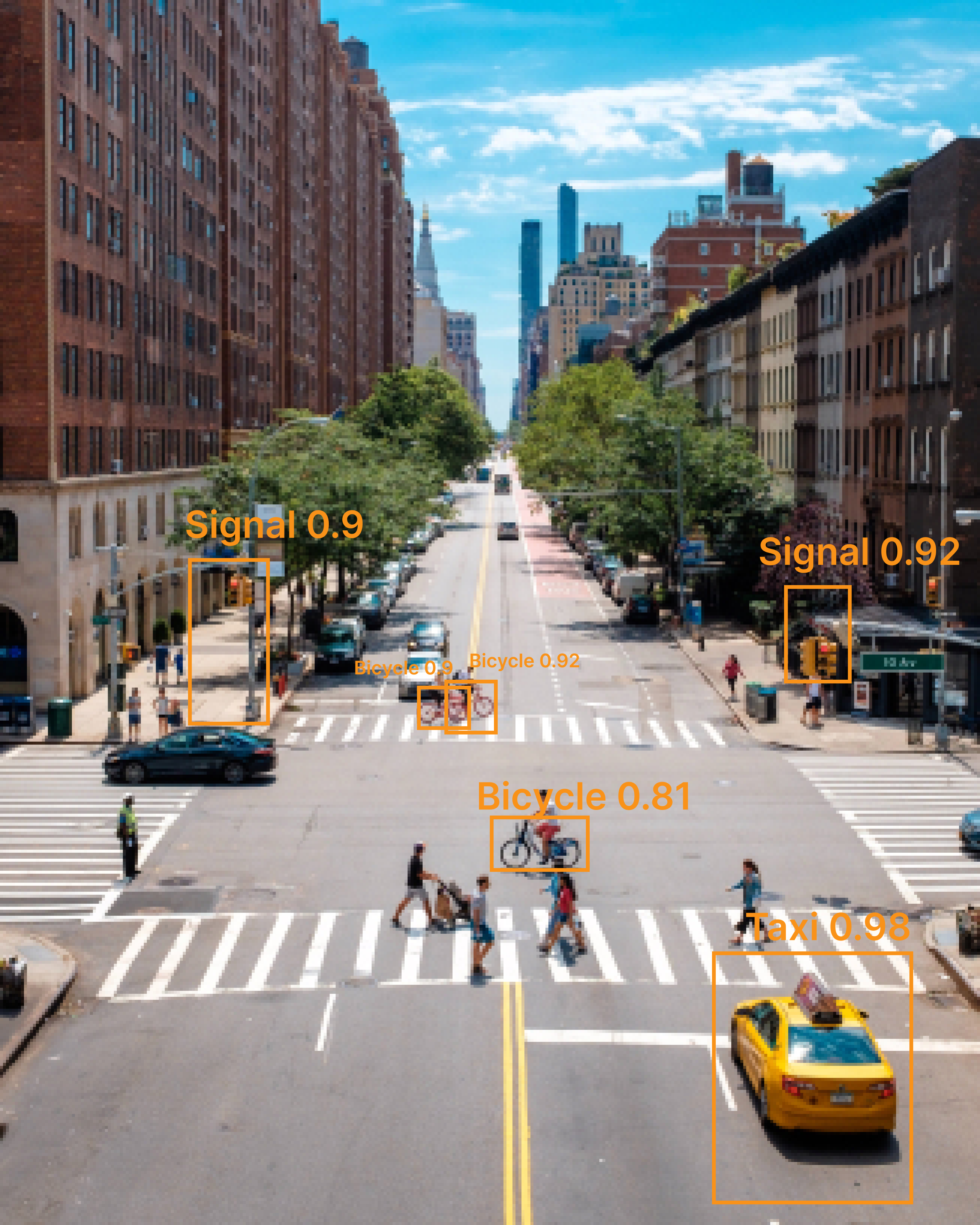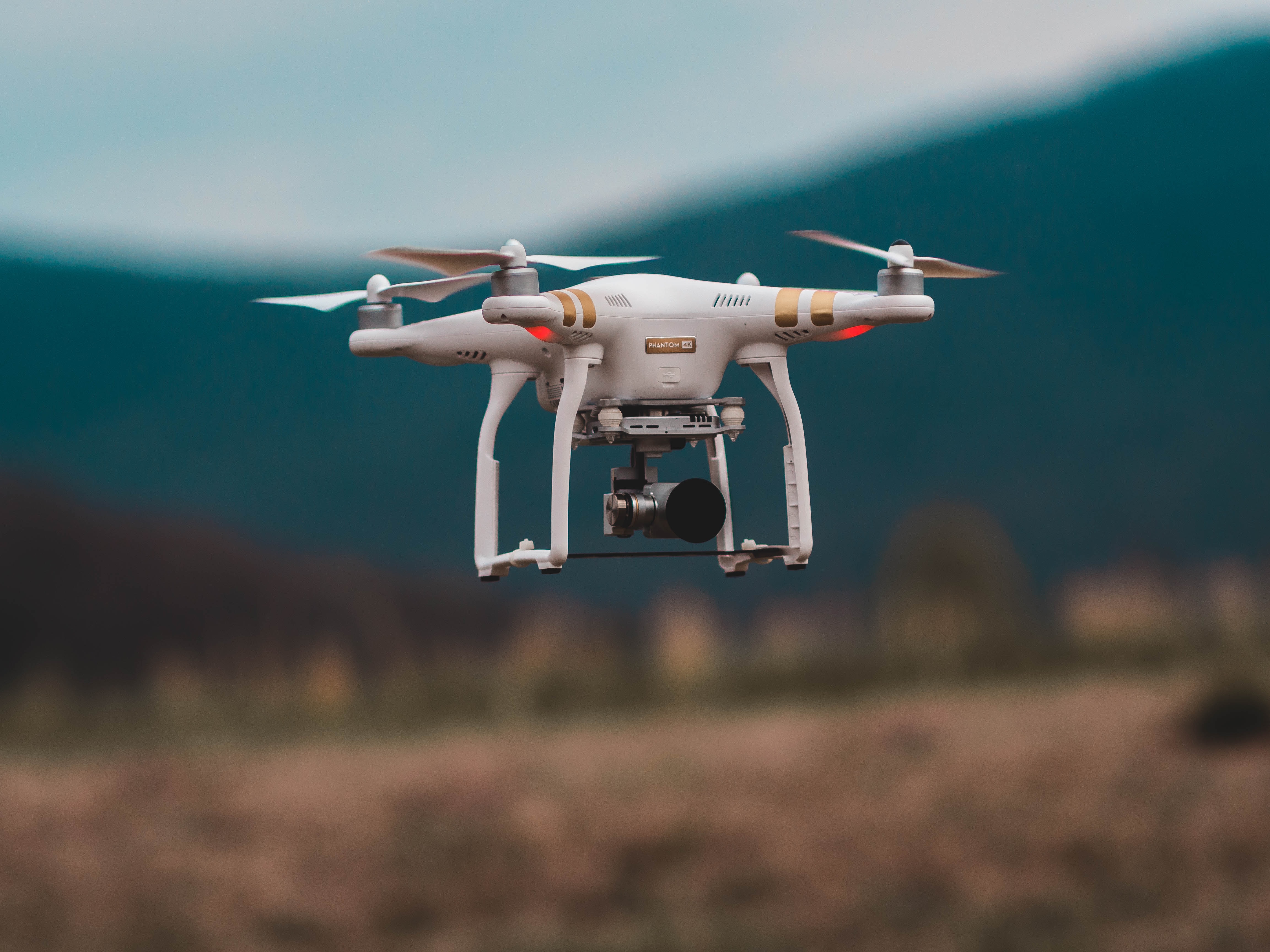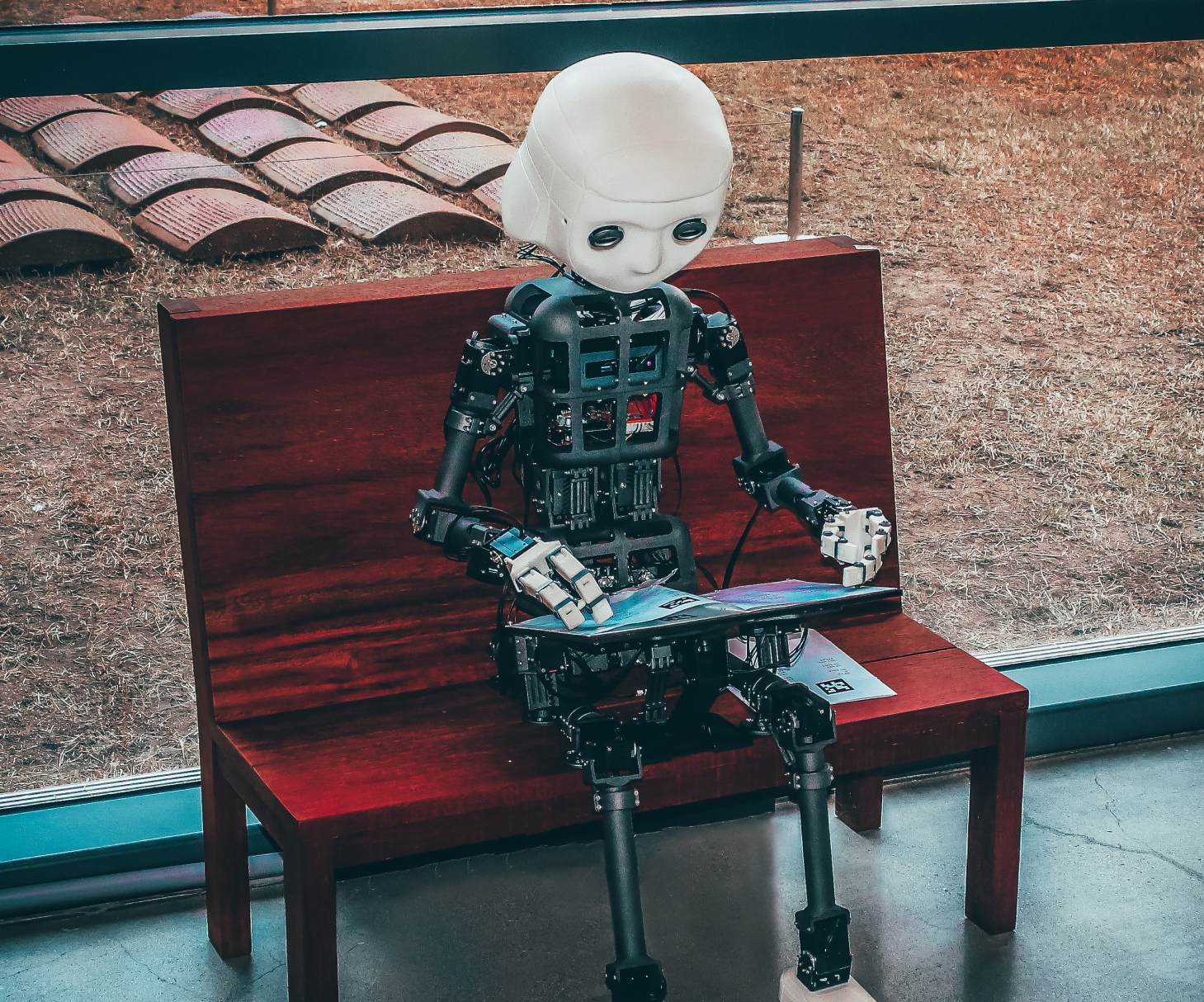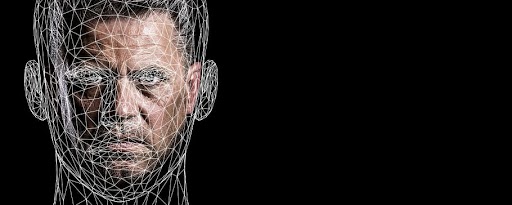Gesture classification using computer vision involves recognizing and categorizing hand or body movements captured by cameras as input, with the goal of inferring the intended gesture.
This can be achieved through various techniques such as image processing, machine learning, and deep learning. The process starts with capturing video or image data of the gestures, followed by preprocessing and feature extraction. After that, the features are fed into a machine-learning model that has been trained to recognize gestures, resulting in the classification of the input gesture.
This technology has various applications in human-computer interaction, gaming, sign language recognition, and other fields.




 YOLO Algorithm and its Applications in Computer Vision
YOLO Algorithm and its Applications in Computer Vision

